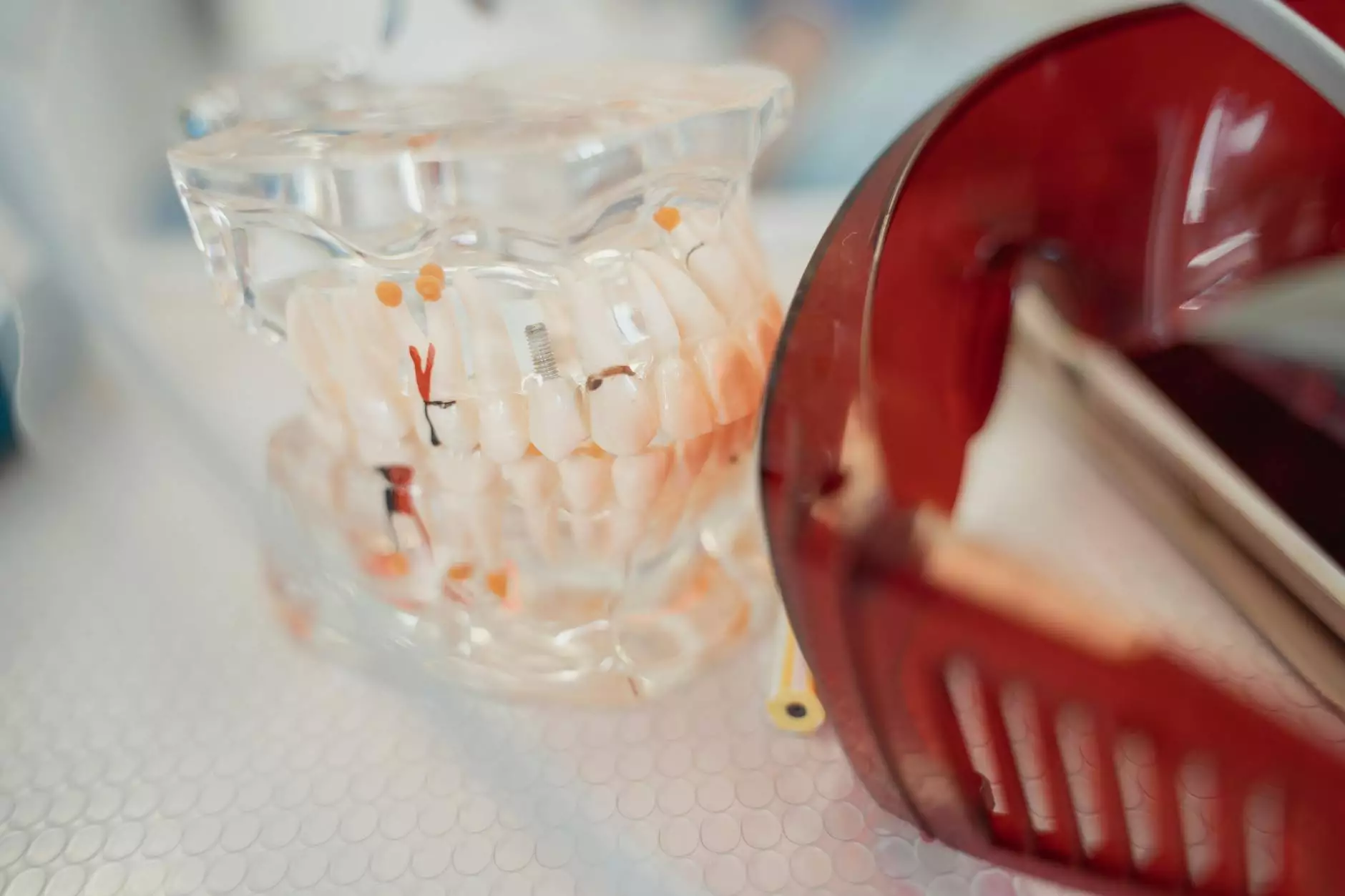Understanding the Salpingo Oophorectomy Procedure: A Comprehensive Guide

The salpingo oophorectomy procedure is a significant surgical intervention that involves the removal of the fallopian tubes, known as salpingectomy, and the ovaries, termed oophorectomy. This procedure is often performed for various medical reasons, including the treatment of certain benign diseases, the management of ovarian cancer, and as a preventive measure against hereditary cancer syndromes.
What is a Salpingo Oophorectomy?
A salpingo oophorectomy entails the excision of both the fallopian tubes and the ovaries. The fallopian tubes are small ducts that connect the ovaries to the uterus and are essential for the passage of eggs. The ovaries are responsible for producing eggs and hormones such as estrogen and progesterone. Understanding the anatomy and functions of these organs is vital for comprehending the implications of their removal.
Indications for the Procedure
There are several medical indications that may necessitate a salpingo oophorectomy procedure. The most common include:
- Ovarian Cancer: One of the most serious reasons for undergoing this procedure is the presence of ovarian cancer, where removing the affected ovaries can be critical for treatment.
- Endometriosis: This condition, characterized by the growth of uterine-like tissue outside the uterus, can cause severe pain and lead to fertility issues. In some cases, removal of the ovaries and fallopian tubes may be recommended.
- Benign Cysts: Large cysts or those that cause discomfort may require surgical intervention.
- Genetic Predisposition: Women with a family history of breast or ovarian cancer might opt for this procedure as a preventive measure.
The Procedure: What to Expect
Pre-Operative Considerations
Prior to the salpingo oophorectomy procedure, your healthcare provider will conduct a series of evaluations, which may include:
- Medical History Review: Discussing symptoms, previous surgeries, and family history.
- Physical Examination: Assessing the abdominal and pelvic area.
- Imaging Tests: Ultrasounds or CT scans to visualize any abnormalities.
- Blood Tests: To evaluate overall health and determine any underlying conditions.
The Surgical Process
The salpingo oophorectomy can be performed through various surgical techniques, including:
- Open Surgery: Involves a larger incision in the abdomen.
- Laparoscopic Surgery: A minimally invasive technique using smaller incisions, which typically results in quicker recovery.
During the surgery, the surgeon will carefully remove the fallopian tubes and ovaries while ensuring minimal disruption to surrounding tissues. The operation can take anywhere from 1 to 3 hours, depending on the complexity of the case.
Recovery After the Procedure
Post-operative recovery from a salpingo oophorectomy varies based on the surgical technique used. Here are key aspects of what to expect:
In-Hospital Recovery
Most patients will stay in the hospital for 1 to 3 days after the surgery. During this time, healthcare professionals will monitor vital signs and manage any pain through medications. Alternatives to opioids for pain management may be discussed.
At Home Care
Once discharged, patients should:
- Follow up with a physician: Post-operative appointments are crucial for monitoring recovery.
- Rest and Recovery: Physical activity should be limited, and heavy lifting should be avoided for several weeks.
- Watch for Symptoms: Be attentive to signs of infection such as fever, excessive redness, or discharge at the incision site.
Benefits and Considerations
There are numerous benefits to undergoing a salpingo oophorectomy, especially in women at high risk for ovarian cancer:
- Risk Reduction: For women with BRCA mutations, this procedure significantly reduces the risk of developing ovarian and breast cancers.
- Symptom Relief: For conditions like endometriosis, many women experience substantial relief from pain and other symptoms post-surgery.
- Improved Quality of Life: By addressing cancer or severe conditions, the procedure can enhance overall well-being.
Potential Risks and Complications
Like any surgical procedure, the salpingo oophorectomy carries potential risks, which may include:
- Infection: Post-operative infections can occur, and signs should be monitored.
- Bleeding: Uncontrolled bleeding during or after surgery may require additional intervention.
- Damage to Nearby Structures: There is a risk of damage to surrounding organs and tissues.
- Hormonal Changes: Removal of the ovaries leads to decreased hormone production, which may necessitate hormone replacement therapy.
Conclusion
The salpingo oophorectomy procedure can be a crucial step for many women facing serious health challenges. Whether it is for treatment or prevention, understanding the indications, the surgical process, recovery, and potential outcomes can empower patients to make informed decisions about their health. Always consult with a qualified healthcare provider, such as those at drseckin.com, to explore the best options tailored to individual health needs.
Further Resources
For more information about related surgical procedures and women's health, consider the following resources:
- Dr. Seckin - OBGYN Specialist
- American College of Obstetricians and Gynecologists
- National Cancer Institute









